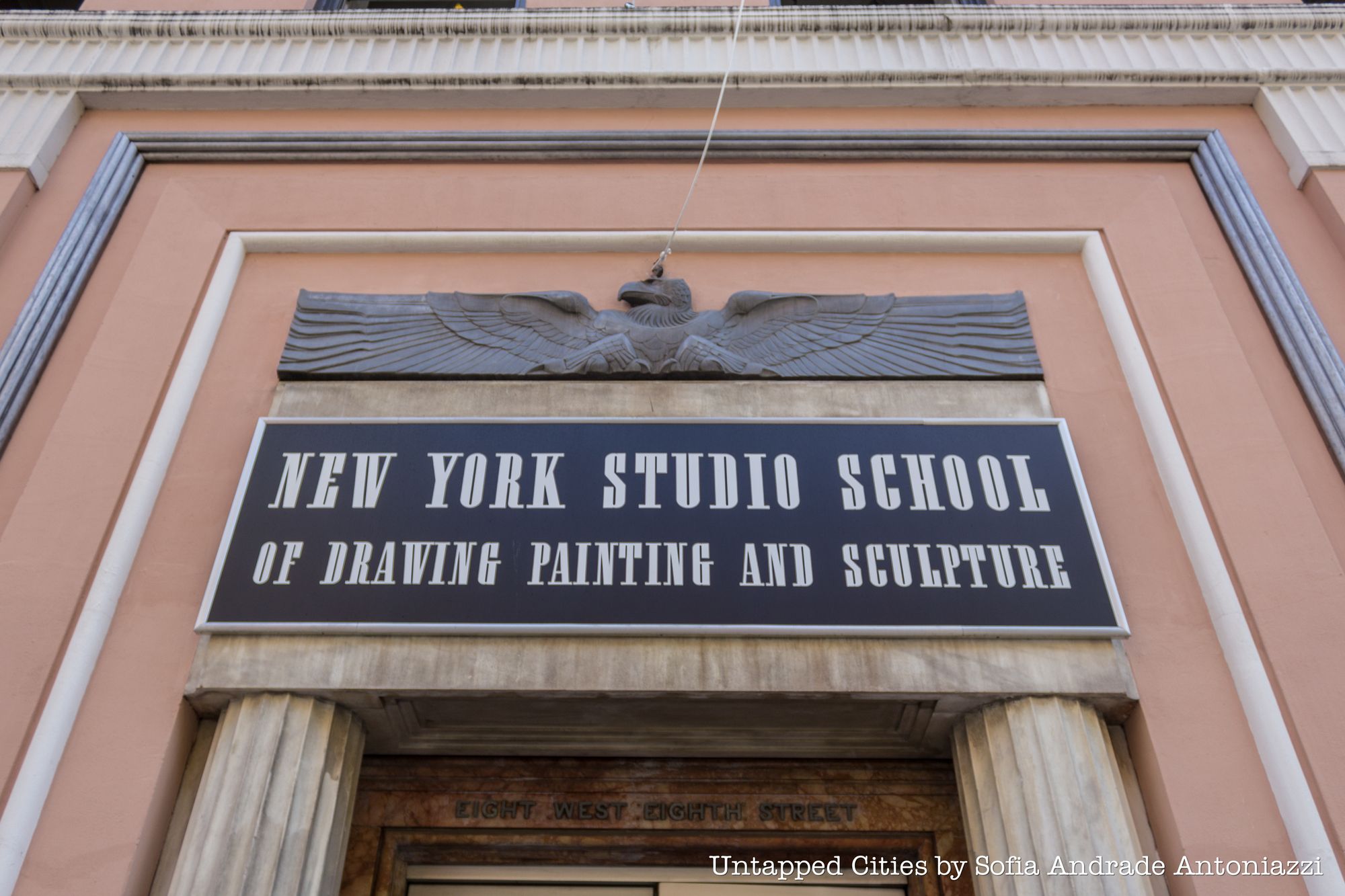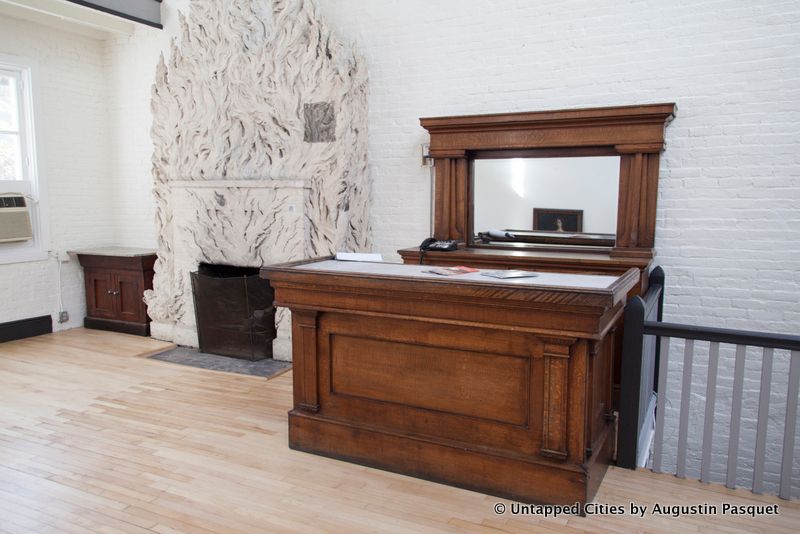How to Make a Subway Map with John Tauranac
Hear from an author and map designer who has been creating maps of the NYC subway, officially and unofficially, for over forty years!


This weekend, the city’s art aficionados were treated to an unexpected visit from the past. The original facade of the West 8th Street location of Whitney Museum was visible for just a few days while the building’s current tenant, the New York Studio School of Drawing, Painting, and Sculpture, refurbishes its own sign that hung over the door. In a week, the Studio School’s sign will return, and the Whitney Museum engraving that has not been seen for 48 years will disappear once more.
The original inscription dates back to the museum’s founding and features a cast-aluminum eagle by sculptor Karl Free. Though the eagle and the fluted columns have been visible since the Whitney Museum moved to its second location on Madison Avenue and East 75th Street, the Roman letters chiseled into the marble facade have not been seen since 1967, when the Studio School of Drawing, Painting, and Sculpture, installed its own sign.

The facade of the original building as it has appeared since 1967.
Over the weekend, the school offered viewings of the building, named a National Treasure this year by the National Trust for Historic Preservation, including tours of the rooms in which the Whitney Museum’s namesake, Gertrude Vanderbilt Whitney, once worked. The buildings were a series of four row houses first built in 1838. In 1907, Whitney turned 8 West 8th Street into the Whitney Studio Gallery, next to her own Macdougal Alley studio. After the Metropolitan Museum of Art rejected her donation of around 500 artworks, Whitney decided to showcase her collection herself. In 1931, she converted the three townhouses adjacent to 8 West 8th Street into the first home of the Whitney Museum of American Art.

Inside the Whitney Studio
In the building currently occupied by the Studio School, Whitney established a modest sculpture and painting gallery. The museum showed American art in a time when American art was considered unsophisticated compared to the high-brow works of European artists that dominated the art scene in the 1930s. In 1932, it held its first Biennial, originally considered an alternative to museum exhibitions curated by academics. Since then, it has attracted both praise and criticism for its looser curation of artworks, often letting artists decide which of their pieces would be featured in the show. Earlier this year, it moved to its brand-new location on the Hudson River, where it attracts daily crowds around the block.
The Studio School plans to replace its sign on top of the original Whitney inscription by next week.
Next, see vintage photos of NYC museums under construction. Get in touch with the author @jinwoochong.
Subscribe to our newsletter